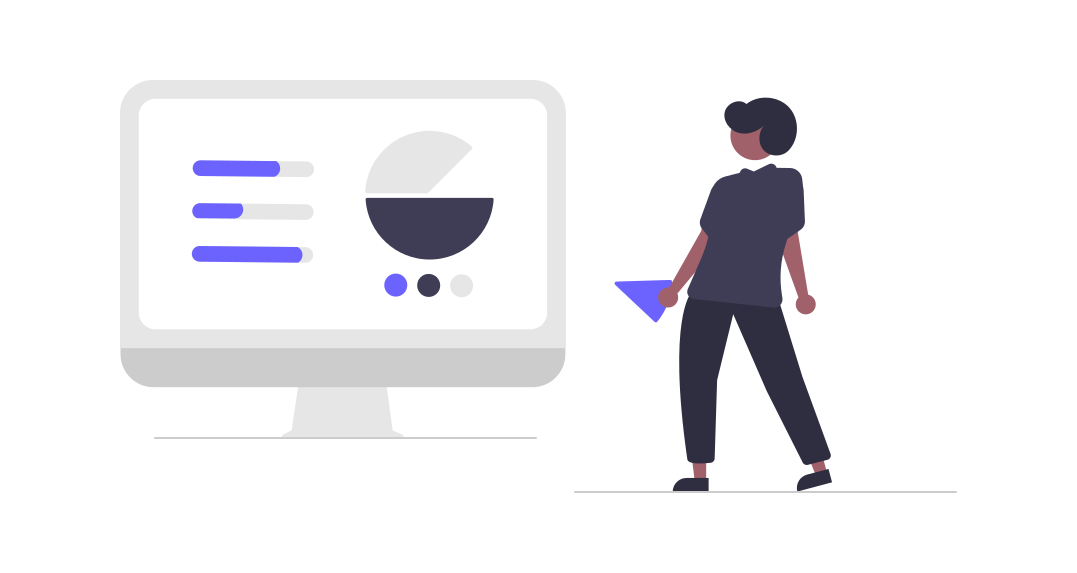In the age of data-driven marketing, the ability to effectively segment and target customers is paramount. Advanced customer segmentation and targeting enable businesses to deliver highly personalized experiences that resonate with their audience, driving engagement and conversions. This blog delves into the role of ChatGPT in revolutionizing customer segmentation and targeting, providing a step-by-step guide to harnessing its power for your marketing strategies.
Step 1: Understand the Basics of Customer Segmentation
Customer segmentation is the process of dividing a customer base into distinct groups that share common characteristics. These characteristics can be demographic, geographic, psychographic, or behavioral. Segmentation allows for targeted marketing efforts, ensuring that each group receives relevant and engaging content.
Key Segmentation Criteria:
- Demographic: Age, gender, income, education level.
- Geographic: Location, climate, urban/rural.
- Psychographic: Lifestyle, values, personality.
- Behavioral: Purchase behavior, usage frequency, brand loyalty.
Step 2: Integrate ChatGPT with Your Data Sources
To leverage ChatGPT for customer segmentation, start by integrating it with your data sources. This includes CRM systems, website analytics, social media platforms, and other customer touchpoints. ChatGPT can process vast amounts of data from these sources, identifying patterns and insights that are crucial for effective segmentation.
Data Integration Tips:
- Centralize Data Collection: Ensure all customer data is funneled into a single, accessible platform.
- Maintain Data Quality: Regularly clean and update your data to avoid inaccuracies.
- Leverage APIs: Use APIs to seamlessly connect ChatGPT with various data sources.
Step 3: Utilize ChatGPT for Data Analysis
With integrated data, ChatGPT can analyze customer information to uncover meaningful segments. Its advanced natural language processing (NLP) capabilities enable it to interpret and categorize unstructured data, providing a deeper understanding of customer behavior and preferences.
Analysis Techniques:
- Text Mining: Extract valuable insights from customer reviews, feedback, and social media interactions.
- Cluster Analysis: Group customers based on similarities in their data.
- Predictive Modeling: Forecast future behaviors and trends based on historical data.
Step 4: Define Your Customer Segments
Based on ChatGPT’s analysis, define clear and actionable customer segments. These segments should be distinct, measurable, and large enough to warrant targeted marketing efforts. The goal is to create groups that can be addressed with specific, relevant messaging.
Segment Definition Tips:
- Be Specific: Clearly define the criteria for each segment.
- Validate Segments: Ensure that the segments are distinct and do not overlap excessively.
- Test and Refine: Continuously test and refine your segments based on performance and feedback.
Step 5: Develop Targeted Marketing Strategies
With well-defined segments, develop marketing strategies tailored to each group. ChatGPT can assist in crafting personalized content and campaigns that resonate with the unique needs and preferences of each segment. This targeted approach ensures higher engagement and conversion rates.
Targeted Strategies:
- Personalized Content: Create content that addresses the specific interests and pain points of each segment.
- Channel Optimization: Use the preferred communication channels of each segment to reach them effectively.
- Timing and Frequency: Tailor the timing and frequency of your messages based on the behavior patterns of each segment.
Step 6: Implement and Monitor Campaigns
Deploy your targeted marketing campaigns and monitor their performance closely. ChatGPT can provide real-time insights into how each segment is responding to your efforts, allowing for quick adjustments and optimizations.
Monitoring Tips:
- Set Clear KPIs: Define key performance indicators for each segment to measure success.
- Use A/B Testing: Continuously test different messages and strategies to find the most effective approach.
- Feedback Loops: Gather feedback from customers to refine your segments and strategies.
Step 7: Continuously Improve Segmentation and Targeting
Customer behavior and preferences evolve over time, making it essential to continuously improve your segmentation and targeting efforts. ChatGPT’s machine learning capabilities enable it to learn from new data, ensuring that your segments remain relevant and effective.
Improvement Strategies:
- Regular Data Updates: Keep your data up-to-date to reflect the latest customer information.
- Ongoing Analysis: Continuously analyze new data to identify emerging trends and behaviors.
- Adapt Strategies: Be flexible and willing to adapt your strategies based on new insights.
Conclusion
Leveraging ChatGPT for advanced customer segmentation and targeting empowers businesses to deliver highly personalized marketing experiences. By understanding the basics of segmentation, integrating data sources, analyzing data, defining segments, and developing targeted strategies, you can enhance customer engagement and drive conversions. Continuous improvement ensures that your efforts remain effective in a dynamic market landscape. Embrace ChatGPT's capabilities to revolutionize your marketing approach and stay ahead of the competition.


